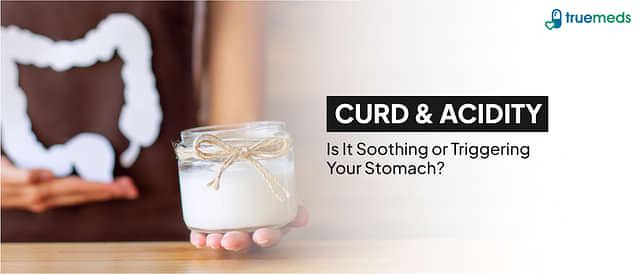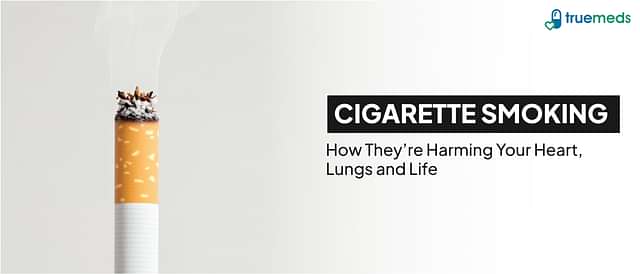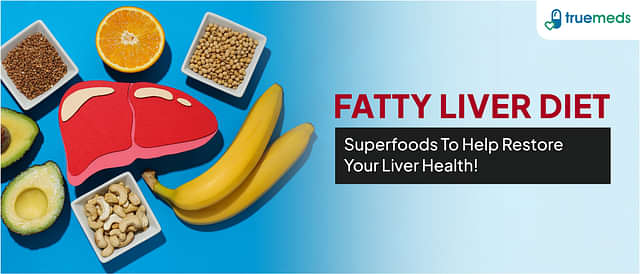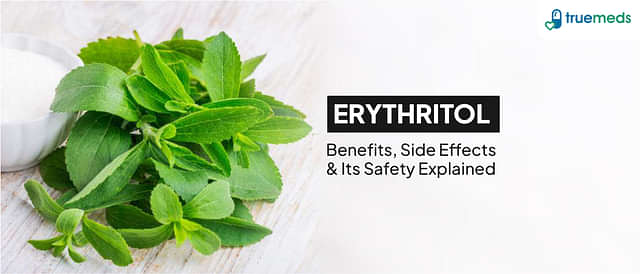Hyponatremia: Overview, Causes, Symptoms, and Treatment
Last updated on : 16 May, 2024
Read time : 5 min
What is Hyponatremia?
A low sodium level in the blood is known as hyponatremia.
Hyponatremia, or low sodium blood levels, can be caused by an excess of fluid in the body compared to a normal amount of sodium, or by sodium and bodily fluid loss due to chronic conditions such as renal or congestive heart failure.
Hyponatremia occurs when your blood sodium level is abnormally low.
Hyponatremia is a condition in which the salt in your body is diluted as a result of one or more factors, which can range from an underlying medical disease to excessive water consumption. Swelling can cause a wide range of health problems, from minor to life-threatening.
The goal of hyponatremia treatment is to correct the underlying problem. Depending on the aetiology of low blood sodium, you may only need to reduce your water intake. Intravenous electrolyte solutions and drugs may be necessary for various forms of hyponatremia.
Low blood sodium normal range between 135 and 145 milliequivalents per litre (mEq/L) is the typical sodium level in the blood. A reading of less than 135 indicates a low level of activity. Low blood sodium is the term used by doctors to describe this condition. Normal sodium levels of 130 mEq/L or more are usually not dangerous unless they have recently decreased abruptly from a normal blood level.
If there is any sodium deficiency it can vary from person to person. If normal sodium levels drop gradually, you may not notice any symptoms of sodium insufficiency. If salt levels drop too quickly, symptoms may become more severe.
It’s a medical emergency when you lose salt quickly. It can lead to coma, convulsions, and a loss of consciousness.
Hyponatremia causes
In your body, sodium serves a vital purpose. It aids in the maintenance of normal blood pressure, the support of nerve and muscle function, and the regulation of fluid balance in your body.
Between 135 and 145 milliequivalents per litre (mEq/L) is the typical sodium level in the blood. When your blood salt levels drop below 135 mEq/L, you have low blood sodium
Low blood sodium can be caused by a variety of illnesses and lifestyle factors, such as:
- Certain prescription drugs. Some drugs, such as diuretics, antidepressants, and pain relievers, can disrupt the normal hormonal and renal mechanisms that keep salt levels within a healthy normal range.
- Heart, renal, and liver issues are all common. Fluid accumulation in the body can be caused by congestive heart failure or disorders of the kidneys or liver, which dilute the sodium in the body and lower the overall level.
- Inappropriate antidiuretic hormone syndrome (SIADH). High quantities of the anti-diuretic hormone (ADH) are produced in this disease, causing your body to retain water rather than excreting it normally in your urine.
- Other causes of dehydration include chronic, severe vomiting or diarrhoea. This depletes electrolytes like salt and raises ADH levels.
- Excessive water consumption. By overloading the kidneys’ ability to eliminate water, excessive water consumption can induce low blood sodium levels. Drinking too much water during endurance events like marathons and triathlons might dilute the salt concentration of your blood because you lose sodium through sweat.
- Hormonal shifts. Adrenal gland insufficiency (Addison’s disease) affects the ability of your adrenal glands to generate hormones that assist keep your body’s sodium, potassium, and water balance in check. Thyroid hormone deficiency can also result in low blood salt levels.
- Ecstasy is a popular recreational drug. This amphetamine raises the risk of severe low blood sodium, which can be fatal.
Hyponatremia symptoms
If your low blood sodium is minor, you might not notice any low sodium symptoms suddenly, or frequently occurring.
Hyponatremia can be identified by the following signs and symptoms:
- Vomiting and nausea.
- Fatigue
- Confusion or headache
- Muscle cramps or spasms.
- Restlessness and irritability
- Weakness
If you know you’re at risk for hyponatremia and are experiencing increased sodium levels symptoms, consult your doctor right once. If your symptoms are severe, you may need medical attention right away. If you have:
- Nausea or vomit
- Confusion
- Seizures
- Consciousness loss or coma
Hyponatremia treatment
Dehydration can be caused by underlying diseases that should be addressed with the proper medication. This could include anti-diarrhoea, anti-emetics (to halt vomiting), and anti-fever medications, which are available over the counter or online.
I’m consuming far too much water. Icanto reduce the amount of sodium in your blood. It commonly occurs when people drink excessively during endurance events such as marathons or triathlons and lose salt through sweat.
Ecstasy/molly is a kind of ecstasy (MDMA). This illegal stimulant has been connected to severely low blood sodium
If your doctor determines that you are consuming too much water, you may need to reduce your intake. If you’re using diuretics, your doctor may adjust your dosage to restore normal sodium levels in your blood.
If your low blood sodium is severe and has come on abruptly, you’ll need immediate treatment to raise your sodium level, as well as monitoring to ensure that it happens safely you need to stay in the hospital and have the following procedures:
Over a few days, you’ll receive an IV infusion with a salt solution to gradually raise your blood levels.
Medications are prescribed to treat headaches, nausea, and seizures.
Hyponatremia prevention
Low sodium can be avoided in a variety of methods, including:
- Make sure you obtain treatment for any conditions that can cause low blood sodium, such as adrenal gland insufficiency.
- Recognize hyponatremia’s symptoms. If you use “water pills” (diuretics) or have a disease that puts you at risk for it, be on the lookout for them.
- Keep track of how much water you consume, especially if you engage in high-intensity physical activity. The colour of your urine and your thirst are two dependable indicators of how much water you should drink. If you’re not thirsty and your urine is a pale yellow tint, you’re probably getting enough water.
If you’re performing a lot of physical activity, talk to your doctor about whether you should drink sports drinks instead of water. Electrolytes, such as salt, are present in these drinks. However, if you aren’t working out really hard or for a long time, you may not require them.
For the all latest coupons and offers on medicines, follow us on Instagram and Facebook
Disclaimer
Our healthcare experts have carefully reviewed and compiled the information presented here to ensure accuracy and trustworthiness. It is important to note that this information serves as a general overview of the topic and is for informational purposes only. It is not intended to diagnose, prevent, or cure any health problem. This page does not establish a doctor-patient relationship, nor does it replace the advice or consultation of a registered medical practitioner. We recommend seeking guidance from your registered medical practitioner for any questions or concerns regarding your medical condition.
Popular Articles
Recommended Articles
Recent Articles
Top-Selling Medicines:
...View more
Top-Selling OTC:
...View more
Company
About UsHealth ArticleHealth StoriesDiseases & Health ConditionsAll MedicinesAll BrandsNeed HelpFAQSubscribe
Registered Office Address
Grievance Officer
Download Truemeds

Contact Us
Our customer representative team is available 7 days a week from 9 am - 9 pm.
v3.7.11
Our Payment Partners
























































